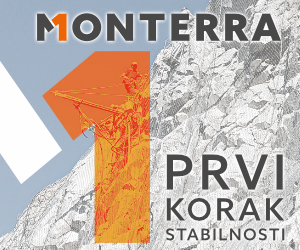Strategic evaluation of the railway traction energy supply development on the Hungarian railway network
Last modified: 2023-06-02
Abstract
The purpose of our work was to assess, examine and supervise the current technical status, network role and future sustainability of railway substations in order to choose a set of substations to be reconstructed in the given cost framework. We completed traction energy simulations to explore the weak points of the traction energy supply system and to provide basic data for the planning process.
In our feasibility study we chose 20 of 38 substations to be reconstructed in a multi-step decision process. On Level 1 we assessed professional and operational aspects with multi-criteria analysis (MCA) regarding capacity shortages, energy efficiency, existence of remote control, characteristics of environmental protection and climate resilience, age-related failures, unit performance and network assessment. Based on the multi-criteria analysis we formed feasible technological options. To quantify and compare their long-term financial effects, on Level 2 we have chosen cost-effectiveness analysis methodology considering investment cost and the operational costs incurred during the estimated evaluation period.
After option analysis we conducted cost-benefit analysis (CBA). Savings at social level are considered benefits in economic terms. As the type of the intervention did not fit the relevant CBA guide, we had to elaborate a special methodology for the assessment of economic benefits of the project.
After all we have set up three project packages (6 or 9 or 20 substations) depending on available funding sources – and all three project packages can be regarded as economically viable and eligible for financing and implementation.









